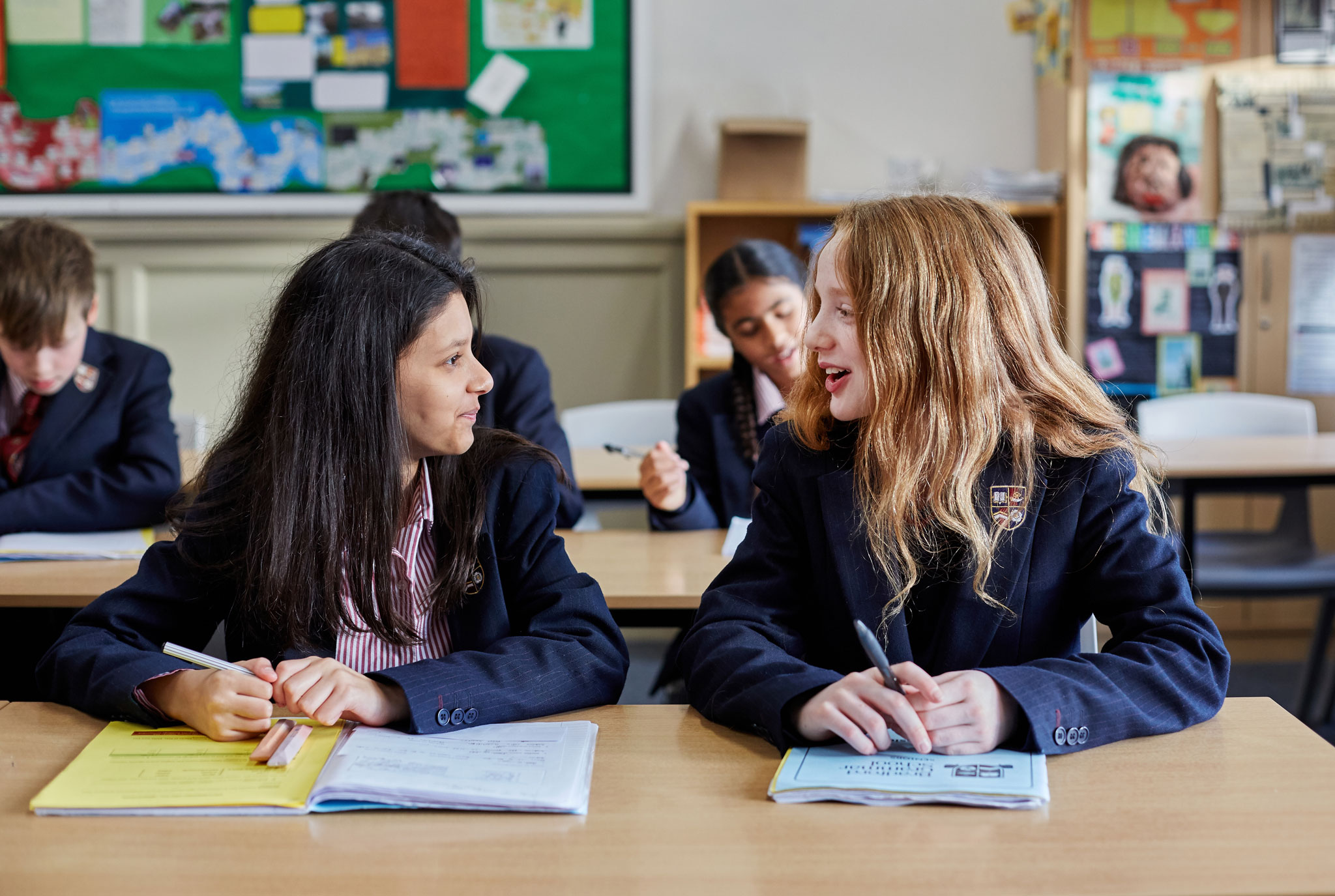The Sutton Trust has published a troubling report. Based on data for 10 million people over 25 years, it demonstrated that the 20 best performing constituencies for social mobility in England, and 42 of the top 50, are located in London.
The best performing constituency is East Ham where pupils receiving free school meals are 30 per cent more likely to achieve grade five in English and maths, and three times more likely to complete a degree, than their peers in the worst performing constituency of Newcastle upon Tyne Central and West. Echoes of the durable North/South (London) divide?
The Trust created an ‘opportunity index’ combining six indicators of mobility including, for example, the proportion of pupils on free school meals who achieve passes in GCSE maths and English, complete a degree by age 22 and progress into the upper fifth of wage earners by age 28. The research contributes to a convincing body of evidence that articulates sharp differences in the life chances of our young people depending on where they live
Nick Harrison, CEO of the Sutton Trust said: “This research paints a startling picture of inequality of opportunity across England. The life chances of disadvantaged young people remain strongly tied to where they grow up.”
Per pupil spending on state education is uneven. Research published in 2023 by the Child of the North Group found that, on average, pupils in London received 9.7 per cent more funding than those in the North and that: “schools in London received an average of £6,610 per pupil compared to £6,225 in the North East and £5,956, and £5,938 in the North West, and Yorkshire and The Humber, respectively.’
This finding chimes hard with an annual Institute for Fiscal Studies (IFS) report for 2023, funded by the Nuffield Foundation, that concluded: “areas with the highest levels of spending per pupil are located in inner London, particularly Westminster, Lambeth, Southwark, Haringey, Tower Hamlets, Islington, Camden and Hackney. In these areas, spending per pupil is close to 20 per cent or more above the national average” and that “We also see relatively high levels of spending per pupil (10–20 per cent above the national average) in other relatively deprived areas of London, such as Lewisham and Hammersmith & Fulham”.
The argument is made that this higher degree of spending reflects greater deprivation and need, although the authors of the IFS report go on to note that “many local authorities with relatively high levels of deprivation, such as Stoke-on-Trent, Wolverhampton, Newcastle, Hull and Sheffield … in the most deprived 20 per cent or 10 per cent of areas” have “spending per pupil close to the national average (i.e. within about 5 per cent). Unfortunately, the reason for this is not entirely clear”.
Structural inequality is clear. But what to do about it?
The Department for Education commented: “This government has inherited a system with baked-in inequalities, which we’re tackling head-on through our plan for change by rolling out free breakfast clubs, improving mental health support, investing over £3bn to support those children who need it most and delivering a rich and broad curriculum so pupils are set up for life, work and the future.” Earlier statements about recruiting tens of thousands of new teachers — funded by levying VAT on independent school fees — have noticeably receded from recent discourse.
In addition to Government pledges, The Sutton Trust makes recommendations in its report for narrowing geographical disparities. But nowhere do we hear about the generations old and ongoing, transformational and proven work of many schools in the independent sector to foster social mobility in the regions and address the gulfs in the life chances of our young people. It is important that the independent sector keeps making the point unambiguously and reasonably that it is, and can be to a greater extent, part of the solution.
Direct Grant days are gone, but many in our sector, like Bradford Grammar School (BGS), provide means tested financial grants to children from disadvantaged and challenging backgrounds to enable them to attend and benefit from a life changing education at our settings. BGS calls them Assisted Places Awards, mimicking an earlier Government funded scheme, others use the word bursaries. Impact is undeniable.
At BGS, our most recent Impact Report carries a familiar message of young lives enriched and prospects improved, for example Marvelous who commented “I would say to any young person considering coming here on an Assisted Place, go ahead and apply! It will benefit you a lot to come. I wouldn’t have been able to attend BGS were it not for the Assisted Places scheme and I’m very grateful” and Blaine who echoed “The family you were born into shouldn’t be a barrier to success. I am grateful for the chance I had at BGS to engage fully in my studies and school life beyond A Levels. The opportunities that were offered to me at school changed my life and there are so many bright talented students across Bradford who also deserve the same opportunities. Supporting the 1662 campaign for Assisted Places will ensure more children in West Yorkshire get their chance to thrive”.
All such programmes form part of a menu of public benefit and partnership activity that could, at scale, reverse the downward spiral of national headlines about stuck and backsliding social mobility in the regions.
If only the prevailing conditions allowed schools like BGS to support even more young people in our communities. The potential is there — if only we are enabled to realise it.
“Direct Grant days are gone, but many in our sector, like Bradford Grammar School (BGS), provide means tested financial grants to children from disadvantaged and challenging backgrounds to enable them to attend and benefit from a life changing education at our settings. BGS calls them Assisted Places Awards, mimicking an earlier Government funded scheme, others use the word bursaries.”
